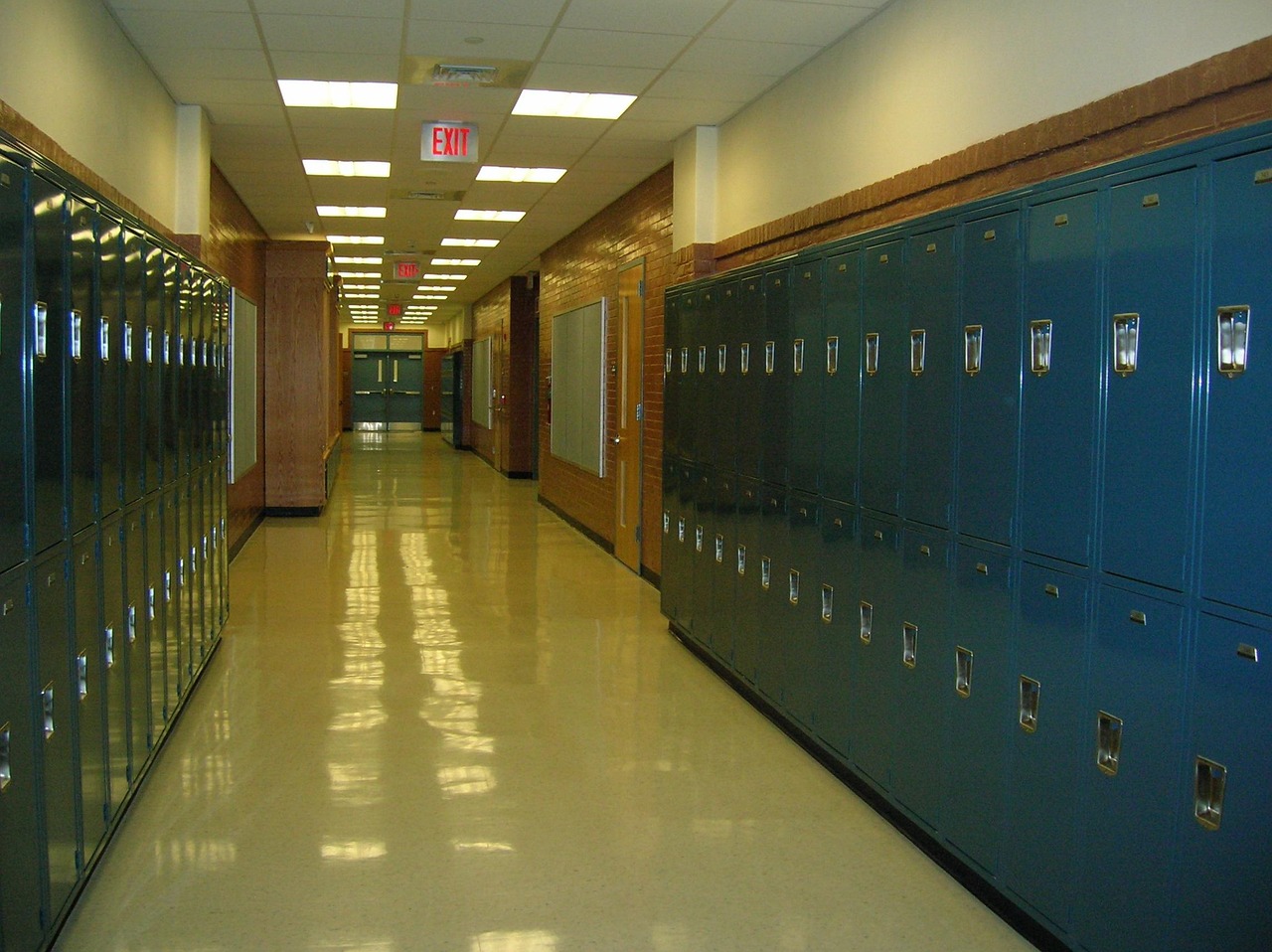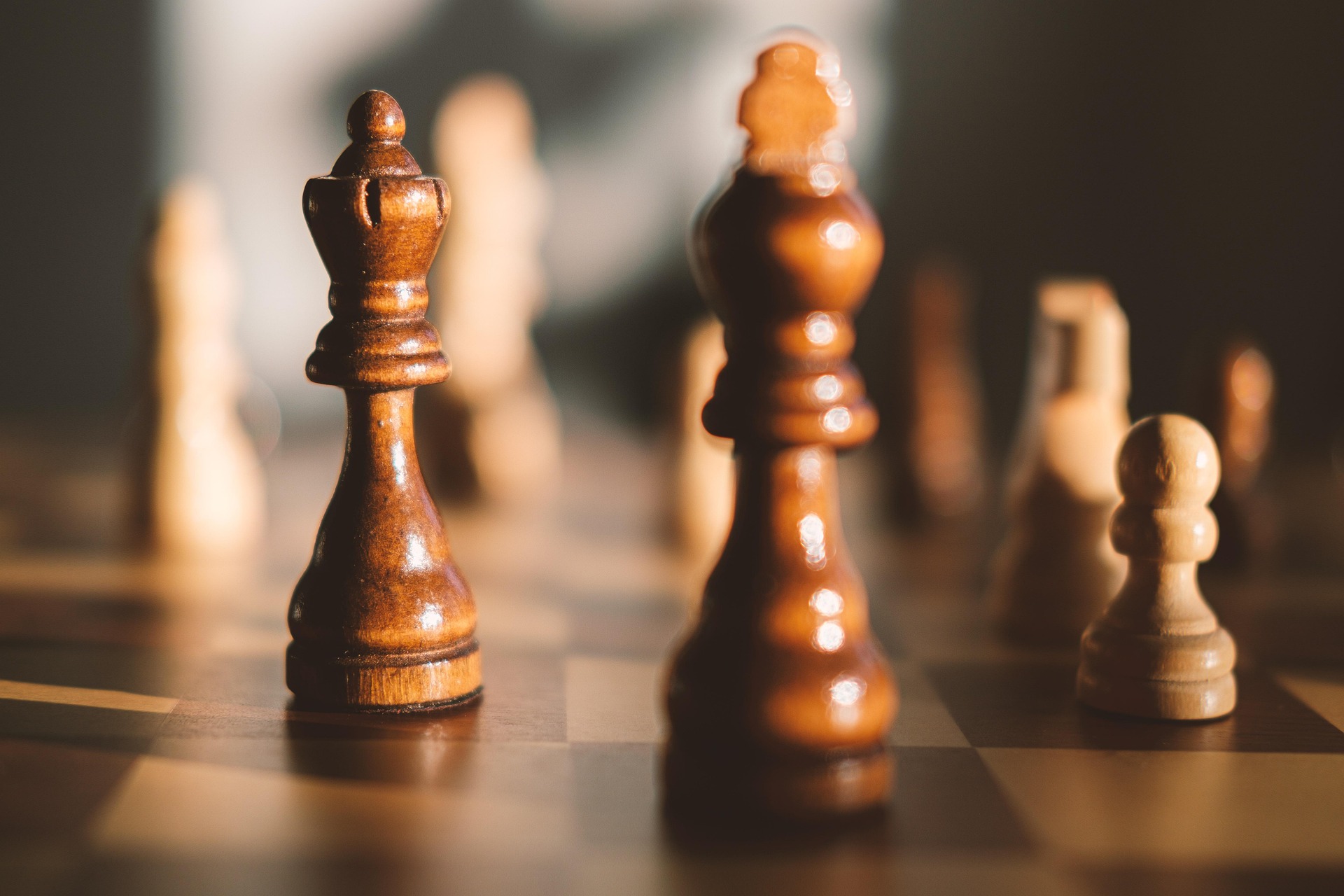The eye-catching cover design had been tempting me for a while before I picked up…
Seeing the walkman, Salt ‘n’ Pepa and the Australian schoolyard through new eyes
Pop culture has a way of marking a generation. Those who spent their childhood and teen years listening to the same songs by the same bands and choosing the same chocolate bars can recognise that background in another, having grown up in the same cultural hothouse.
Not long into reading The Hate Race, I realised that Maxine Beneba Clarke was a part of my generation, marked by all the same pop-culture references. At one point, she listens to a Salt ‘n’ Pepa cassette, at another she watches The Cosby Show. Her brother listens to his silver Walkman and Beneba Clarke flicks through copies of Smash Hits – all references I recognised from my own childhood.
It wasn’t just in pop-culture that Beneba Clarke’s life mirrored my own. Her primary school was similar to mine, with the same playground games and her homework projects decorated with the bubble writing of my own childhood. While Beneba Clarke grew up in Sydney and I spent my childhood in regional Victoria, in many ways, our experiences were aligned.
Yet, in one way, there was a world of difference. From when she was very young, Beneba Clarke suffered as a result of the racist attitudes of those around her. Taunted with names including ‘blackie’, ‘golliwog’ and ‘nigger’, pelted with spit balls in class and verbally abused in the street, often her mistreatment was even condoned or at least unpunished by those she trusted, her teachers.
It was eye-opening and horrifying to read about this alternative experience of life that was otherwise so similar to my own. This kind of realisation, that a different perspective on the familiar exists, is part of what makes The Hate Race so important, bringing into sharp focus the life experience of another. It is not the only book in which a familiar setting is the backdrop to a new or untold story.
Tim Winton is a master of recreating the classic Australian summer in familiar neighbourhoods. Of the sense of time stretching ahead during summer holidays, of icy poles and bmx bikes. Yet, in his books, it is the events and individual lives within those settings that surprise. In Eyrie, the story centres on a man whose recognisable life as a high-powered environmental activist, is left divorced and destitute. He wanders the streets of Freemantle, trying to forge a new life in his changed circumstances, on the outside of a society in which he was once firmly ensconced. He is now an outsider in a familiar place.
In reading Helen Garner’s Monkey Grip, I was surprised by the exoticism of the experience of those who lived so close to where I had attended university. While I was being served meals in the huge college dining room, I could imagine Garner’s characters living far more dangerous and exciting lives just around the corner. Suddenly, my neighbourhood took on more colour and life, with darker shades emerging where I had previously had a cloistered view of reality.
The Slap famously depicted a situation with which many Australians are familiar – a bout of friction at a backyard barbecue. However, it is the personalities involved and their different responses to the incident that make the story so engaging. And we ask ourselves, what would we have done?
Like The Hate Race, another of Christos Tsiolkas’ books, Barracuda, exposes a darker side of the familiar Australian school yard. Here, it is not only racism, but also the pressure of overcoming physical barriers to become an elite athlete that cause pain and despair for the central character. In the book, Daniel fails to reach his goals as a swimmer and his life spirals out of control. The school is recognisable to me, yet the experience is foreign.
Literature can shine a light on alternative perspectives on the lives and societies we think we know and understand, and few writers have done this to greater effect than Tom Wolfe. In The Bonfire of the Vanities, Wolfe exposed the ugliness lying beneath the glamour and privilege of Wall Street. The book lifted the veil on the excesses of the time, juxtaposing beautiful Fifth Avenue apartments with social disadvantage, criminal proceedings, immoral behaviour and racist attitudes.
The very familiarity of Liane Moriarty’s settings is part of their appeal for many readers, whether it is the school playground or a Tupperware party. Against this backdrop, Moriarty introduces the outsider, as in Big Little Lies, or the victim and perpetrator of a terrible crime, as in The Husband’s Secret. The landscapes that are so familiar to many readers make it impossible not to identify with the characters, and the circumstances in which they find themselves.
Through fiction set in places that are recognisable to the reader, the often unacknowledged or misunderstood realities of the lives of others are made accessible. But it is not just the setting that is familiar, it is also the hopes and fears that we can see reflected in the characters, despite their differing circumstances. We can identify with the dread of being alone in the schoolyard, or of being singled out as ‘different’. Our own guilt, resentments, humiliations, jealousies and insecurities are recognisable in those whose stories are written in literature. There is a sameness among the differences that unites reader and writer.
The power of literature lies in its ability to help us recognise a familiar humanity in unfamiliar circumstances, and understand an unfamiliar experience in a familiar setting. For me, Beneba Clarke opened my eyes to a crueller side of the Australian schoolyard of the ‘80s and ‘90s that I thought I had known so well. It is a book that provides a crucial reminder of the different worlds within our own, and that what individuals experience is rarely all there is.




Comments (0)